SEARCH






|
|
|
|


One of the greatest thinkers, also writer and philosopher, of the 20th century, Emile Cioran, once said: “The Universal view melts things into a blur”.
In my humble opinion, this line could perfectly support the wide range of goals of a blurred picture. It´s the opposite of just saying that a blurred picture is done for “mood”. Maybe talking about this theme in a photography community, using the concept of “mood” to justify the “blur” in a picture could also end a discussion prematurely.
A blurred picture is not just an unfocused picture, an out of focus picture or a picture with camera shake. In fact, a picture can be taken with a pinhole lens, or a plastic lens and still be perfectly focused– it just means that particular lenses just cannot produce more sharpness because of the low resolution glass, plastic, or neither in the case of a pinhole camera. So, “blurred” is not the direct and necessary opposite of “focus” and, on the other hand, a blurred picture does not lead us directly and as a direct consequence of unsharpness or unfocus. It just can be in focus and blurred and it can be in focus but not very sharp and it can be sharp and a little “blurred” because of the quality of the glass.
In fact, the issue is very well explained by science with regard to “resolution” and “sharpness”. A low resolution picture is often perceived as a blurred one. Why? Just because on a daily bases we are getting used to “super-hyper-high” resolution “glass”, attached in camera bodies with countless crossed focus points, doing AF by phase detection or contrast and so on. The end result of all this high-tech are amazing sharp pictures, full of detail and texture. This is a good thing, of course, but leads sometimes to some confusion or “mind education” on what we are getting used to see. Slowly unfolding our analogue archives and look at those pictures taken with no AF points and with old analogue glass, but just beautiful and perfectly in focus, maybe helps to put things in perspective concerning this “theme”.
If you make 2 shots of the same picture, one done by a modern “high resolution” lens and another with another lens, such as for example an old M42 “glass” (the most common ones still on market) you will know immediately what we are talking about: perfect focus for both leads to less definition at the edges and less detail on the surface, which is usual “seen” or “perceived” as “blur” – and this is just a reminder that using these older analogue lenses can, actually, be a great idea for shooting pictures with a black and white extraction in mind where the author maybe wants to concentrate on light, shapes, etc., and not so much on hyper definition and detail.
Here, in 1X, we can actually see the “magic” of blur being applied in many different ways and used with many different purposes in mind; applied to the entire frame, applied in a selective way; blurring the main subject, blurring the background, the foreground, with different intensities and so on.
We can see blur masterfully done in every possible way, in every possible genre of photography, from nature and wild life to conceptual works. In conclusion, nobody escapes that “magic” and each author uses it to his or her advantage to make the most of the subject matter and to “send the message” to the viewer the most effective way possible.
In regard to the “common” blurred picture, in the end, a blurred picture must lead beyond that blur and the blur cannot be an end in itself.
It must be capable to stimulate the mind of the viewer and “teleport” him to another place and dimension – reminiscent of the captain Kirk quote in the “Enterprise” saga (“Beam me up, Scotty”).
When the viewer looks at a picture like that, something emotional happens in the viewers mind and “teleports” it at “warp speed” directly to a completely different world: his world or the photographer´s world and almost never the “world” or place where the picture was taken.
This applies to every genre of photography and not just to conceptual works. In 1X we can see this “thinking and goal” masterfully applied in almost every genre of photography. Why? Just because the author did not wanted the viewer to look at the picture like a scientific study or as a picture of an amplified “bug” in some science book, or the author did not want the viewer to look at the picture like seeing a “postcard” sent to his family from “that paradise vacation spot”, or the author did not wanted the viewer to see that particular street shot like he can see it just by walking around in that concrete location.
Why did these lines just begin with such a “super wide angle” quote? Because it´s just what a very personal interpretation of a theme can actually do: It´s “close and personal” for the author but it has the capability to surpass the photographer and become “Universal” just because everyone can see a little bit of himself or of his/her own life experience represented in that frame or maybe the picture can “teleport” him to “other imaginary place in his mind”.
by Lucian Olteanu
It can be achieved just by the atmospheric conditions at the time, because of some light diffusion (heat, fog, snow, rain), it can be done with a “lomo lens”, with a pinhole lens, with a plastic lens, with a lens baby lens, with a home made lens, with processing in one´s computer or, if one is “brave” enough, with no lens at all attached in your camera, with a completely exposed sensor.
Enough talk, let´s see the pictures. This is the power of “teleportation” in “blurred” photography and everyone is welcome to “feel like captain Kirk” did: One second I´m here and in a split second I am at another different place, thousand miles away in another Universe. Have a safe trip at “warp speed” inside the ship that every frame posted here can represent and don´t forget: “If you eliminate the impossible, whatever remains, however improbable, must be the truth”.
 | Write |
 | Fernand Hick CREW I also appreciate your evocation of the new dimension given to the photography through the use of blur, I mean that such photographies are no more only a simple reproduction of a reality, but documents including emotions and feelings... in other words a personal artistic approach of the world. Thanks again to you Paulo |
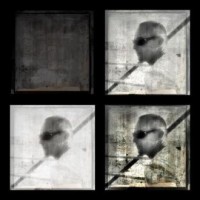 | Paulo Abrantes PRO so many thanks, Fernand, you are welcome. My pleasure and honor. Yes. you hit "the point" about the main goal of the article. |
 | Fernand Hick CREW Thanks a lot for such a great analysis of creative use of blur in photography, so nicely illustrated with strong works...to read and to reread... |
 | Paulo Abrantes PRO so many thanks, Fernand. I´m trully honored by your words |
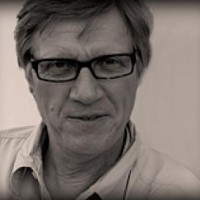 | Jørgen Feldstedt PRO Thank you so much for this great article Paulo, wonderful reading and amazing images! Well done work Paulo. Also thanks to Yvette - head editorial team. |
 | Paulo Abrantes PRO you are welcome, Jørgen |
 | Peter Svoboda MQEP CREW Thank you for the great job dear Yvette and Paulo! , it was a big pleasure to read this article, just a pure visual poetry. |
 | Paulo Abrantes PRO many thanks, Peter |
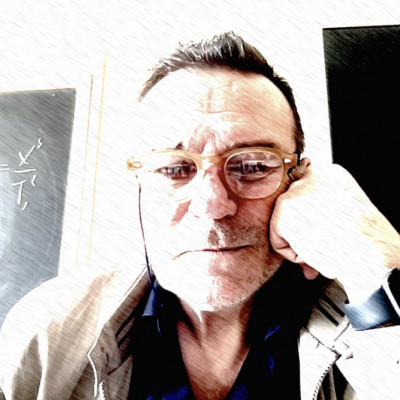 | Franco Maffei Ottimo articolo e belle immagini, complimenti Paulo, ciao |
 | Paulo Abrantes PRO grazie mille, Franco |
 | Stefan Eisele PRO Thanks a lot for this great article with amazing pictures! I started to say long: You are doing a great job at all !! |
 | Paulo Abrantes PRO many thanks, Stefan |
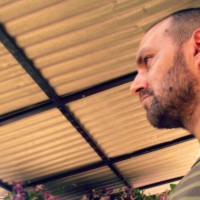 | Dalibor Davidovic Amazing article , and amazing images :-) very special ..... It is my big pleasure to going through images and read article .... Thank's again Yvette , Paulo !!!!!!! |
 | Paulo Abrantes PRO many thanks, Dalibor |
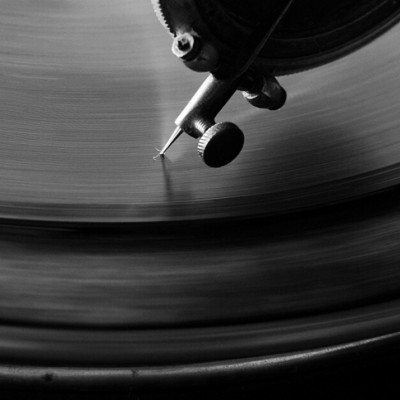 | HAN dong hee PRO Beautiful and Strong Art!!! |
 | Paulo Abrantes PRO many thanks, Donghee |
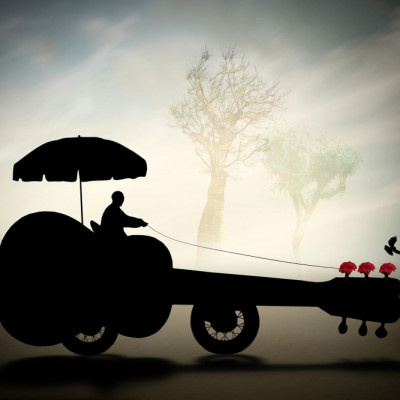 | Ben Goossens ✝ PRO Great choice and article ,Yvette...it was a pleasure to go trough all strong images:-) |
 | Paulo Abrantes PRO many thanks, Ben. It was a pleasure to pick each one of those images |
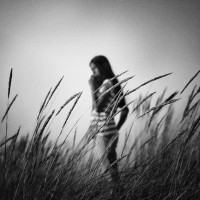 | Laura Mexia Fantastic article with great text and amazing analogies. The photos chosen are just awesome and really teleport us to another dimension. Congrats to all the photographers, to Yvette and, of course, to Paulo Abrantes that wrote another great article, as usual. |
 | Paulo Abrantes PRO many thanks, Laura |
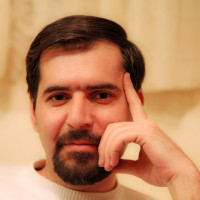 | Mohammad Soheilinia In this series of photos are blurry and dark world can be seen that by using a special lens has been accomplished photographer,Each of these specific images and poetic world that is inevitable And the real meaning of this atmosphere reminiscent of a world away from any deep fear of loneliness is love and happiness and rich Artists in this cruel world today who have carved image.Thanks to all the photographers for taking these photos and you Paulo Abrantes and you yvette For this laboriously. |
 | Paulo Abrantes PRO many thanks, Mohammad |
 | Ivaylo and Teodora Lovely article. Congrats for the good selection and explanations :) And the examples, of course. Best, Ivo :) |
 | Paulo Abrantes PRO many thanks Ivaylo |
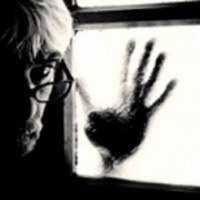 | Lucian Olteanu Great art! |
 | Paulo Abrantes PRO many thanks, Lucian |
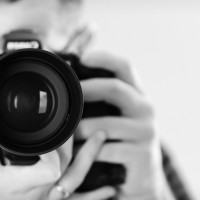 | Graham Daly Interesting collection of images and varied image capture and processing styles. |
 | Paulo Abrantes PRO many thanks, Graham |